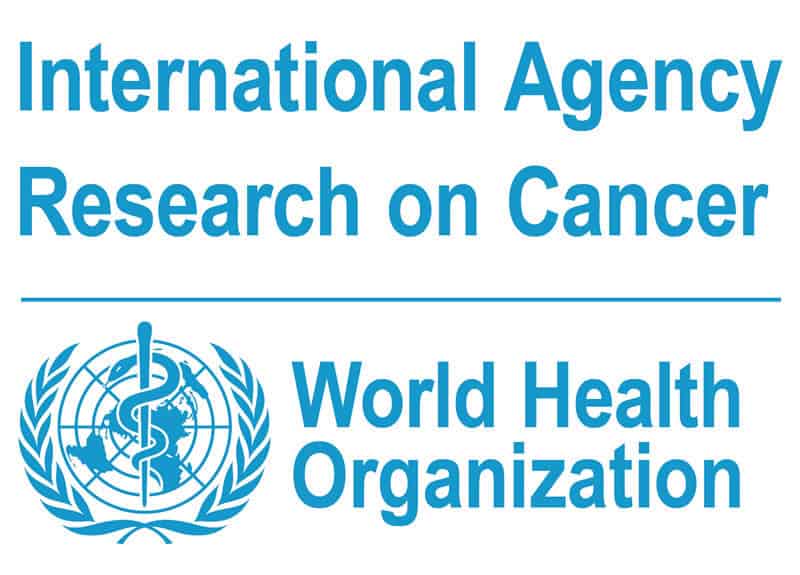On the 05 September 2017, the NSW Government released a Safety Bulletin on the reuse of removable exhaust filters on explosion-protected diesel engines. The NSW Resources Regulator has become aware that services to clean, check and reuse removable diesel particulate exhaust filters (removable exhaust filters) on explosion-protected diesel engine systems (ExDES) that hold a registered design for use in underground coal mines are available.
There are risks and legislative compliance issues associated with cleaning and reusing removable exhaust filters on ExDES. Although not prohibited, cleaning and reusing removable exhaust filters must not produce additional hazards or affect engine safety performance of the ExDES. That is, the cleaned removable exhaust filter must not: increase the fire or explosion risk; reduce filter efficiency in diesel particulate capture; and release hazardous vapours or particles that may result in an increased risk to worker health.






